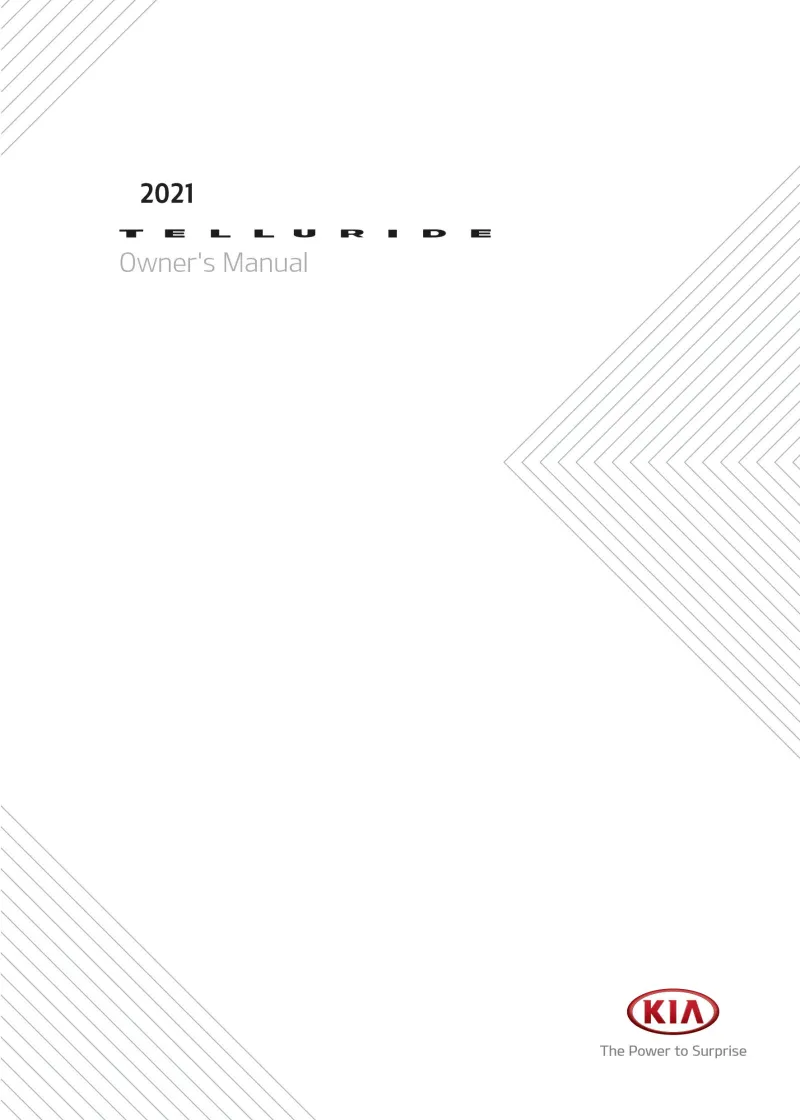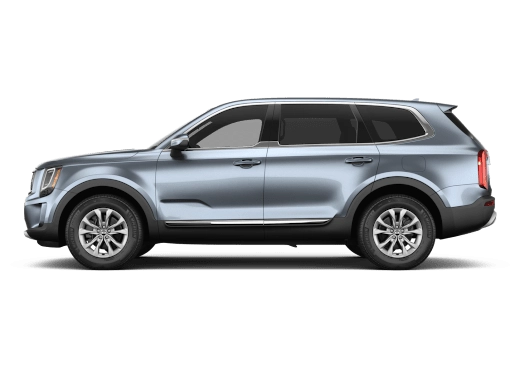2021 Kia Telluride Owner's Manual

Table of Contents
2021 Kia Telluride Overview
Introduction
The 2021 Kia Telluride is a mid-size SUV that has quickly garnered attention for its impressive design, spacious interior, and a wealth of features that cater to families and adventurers alike. This SUV exudes a bold and sophisticated presence on the road, with its pronounced grille and striking LED headlights. Available in several trims, the Telluride seamlessly blends style and functionality, making it a top choice in its class.
Powertrains
Powering the 2021 Kia Telluride is a robust 3.8-liter V6 engine that produces an admirable 291 horsepower and 262 lb-ft of torque. This engine is paired with an 8-speed automatic transmission that offers a smooth and responsive driving experience. Depending on the trim, the Telluride is available in both front-wheel drive and all-wheel drive configurations, enhancing its versatility on various terrains and weather conditions.
Trims
The Telluride comes in several well-equipped trims: LX, S, EX, and SX. Each trim level builds upon the last, with the base LX trim offering a generous list of standard features, including a touchscreen infotainment system, Apple CarPlay, and Android Auto. The mid-level S adds more luxurious touches, while the EX enhances comfort with upgraded materials and additional technology features. The top-tier SX trim brings in premium elements like Nappa leather seating, a premium sound system, and advanced driver-assistance features.
Features
Inside, the 2021 Telluride is designed for comfort and convenience, providing ample passenger space and cargo capacity. Standard features include multiple USB ports, tri-zone automatic climate control, and available heated and ventilated front seats. Safety is paramount, with advanced systems such as forward collision warning, blind-spot monitoring, and adaptive cruise control included in many trims.
Owner’s Manual
The owner’s manual for the 2021 Kia Telluride serves as a comprehensive guide, detailing maintenance schedules, operational features, vehicle warranty information, and troubleshooting tips. It offers vital insights into maximizing the SUV's capabilities and ensuring optimal performance, helping owners cultivate a rewarding ownership experience.
User manual download
The Kia Telluride owner manual for the 2021 model year is to be found in PDF downloadable format on this page. The owner manual for the model year 2021 is free and in English, but the repair manuals are usually not easy to get and may cost more.
Manual Questions
Fill the form below and someone will help you!

